Increased Focus on Sustainability
Sustainability has become a pivotal concern within the food flavors market, as consumers and manufacturers alike prioritize environmentally friendly practices. The demand for sustainably sourced ingredients is on the rise, with many consumers willing to pay a premium for products that align with their values. This trend is prompting flavor manufacturers to adopt sustainable sourcing practices and invest in eco-friendly production methods. The food flavors market is likely to see a shift towards more sustainable flavor solutions, which could enhance brand loyalty and attract environmentally conscious consumers. This focus on sustainability may also lead to collaborations between flavor companies and agricultural producers to ensure responsible sourcing.
Rising Demand for Clean Label Products
The food flavors market is experiencing a notable shift towards clean label products, driven by consumer preferences for transparency and natural ingredients. As consumers become increasingly health-conscious, they seek products that are free from artificial additives and preservatives. This trend is reflected in the growing sales of clean label food products, which have seen an increase of approximately 25% over the past few years. The food flavors market is adapting to this demand by developing flavors derived from natural sources, thereby enhancing product appeal. Companies are investing in research and development to create innovative flavor solutions that align with clean label standards, which is likely to further propel market growth.
Growing Popularity of Plant-Based Foods
The food flavors market is witnessing a surge in demand for plant-based foods, driven by changing dietary preferences and an increasing number of consumers adopting vegetarian and vegan lifestyles. This trend is reflected in the market for plant-based products, which has been growing at a rate of approximately 20% annually. As a result, flavor manufacturers are focusing on developing flavors that enhance the taste of plant-based alternatives, ensuring they appeal to a broader audience. The food flavors market is adapting to this shift by creating innovative flavor solutions that cater to the unique characteristics of plant-based ingredients, thereby supporting the growth of this segment.
Expansion of the Food and Beverage Sector
The food flavors market is significantly influenced by the expansion of the food and beverage sector in the US. With the increasing number of restaurants, cafes, and food service establishments, there is a heightened demand for diverse and unique flavors. The food and beverage industry has been projected to reach a valuation of over $1 trillion by 2026, which indicates a robust growth trajectory. This expansion creates opportunities for flavor manufacturers to introduce innovative products that cater to evolving consumer tastes. The food flavors market is thus positioned to benefit from this growth, as businesses seek to differentiate their offerings through unique flavor profiles.
Adoption of Innovative Flavor Technologies
Technological advancements in flavor development are playing a crucial role in shaping the food flavors market. Innovations such as encapsulation, microencapsulation, and flavor modulation are enabling manufacturers to create more complex and appealing flavor profiles. These technologies allow for enhanced flavor release and stability, which is essential for various applications in the food industry. The food flavors market is likely to see increased investment in these technologies, as companies strive to meet consumer demands for unique and high-quality flavors. This trend may lead to the introduction of novel flavor combinations that could capture consumer interest and drive market growth.


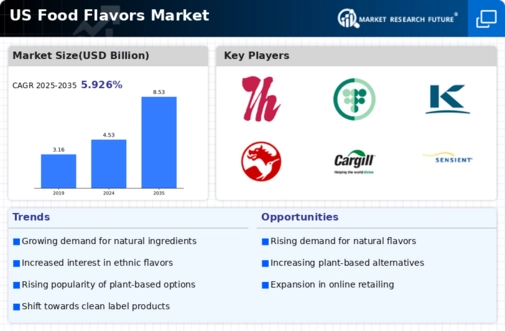
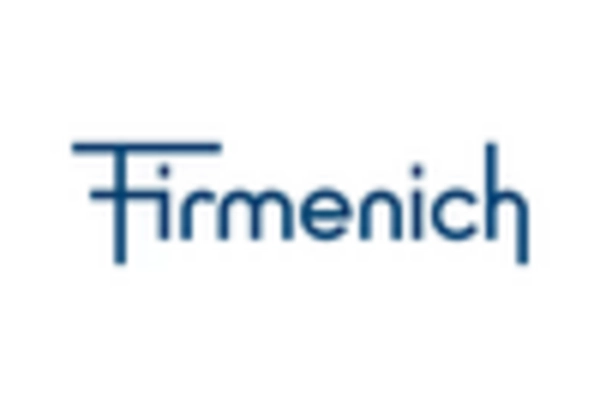

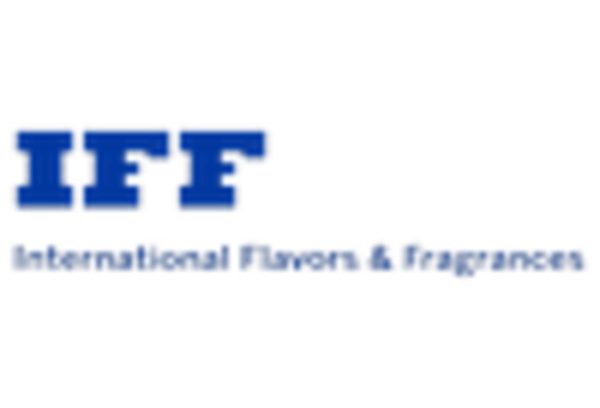
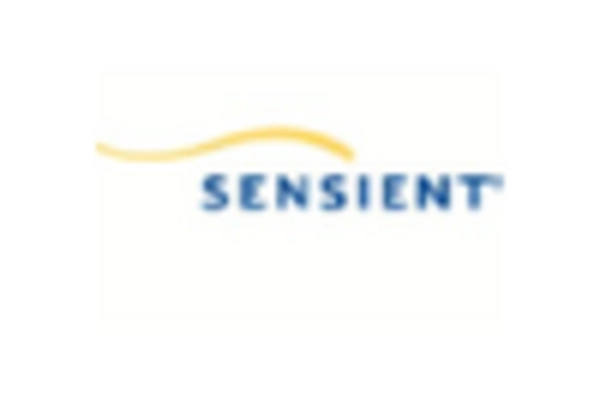
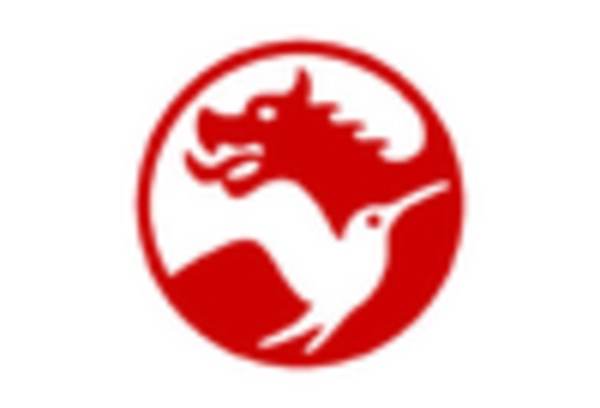









Leave a Comment